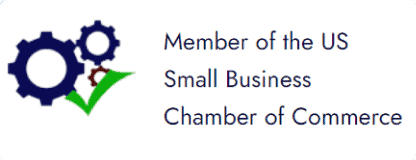Why May Is the Ideal Time to Switch Your Payroll Provider

Understanding the Latest IRS Payroll Tax Updates for Q2 2025

Mid-Year Payroll Checklist: Is Your Business on Track for 2025?

How to Spot and Address Performance Issues Before They Lead to Termination: Proactive Strategies for Employers

Building Connections: How to Foster Team Bonding During the Onboarding Process Creative ways to help

In today’s competitive business landscape, effective onboarding isn’t just about paperwork and training—it’s your first opportunity to foster meaningful team connections that drive long-term employee engagement and retention. At AccuPay Systems, we’ve seen how a thoughtful approach to welcoming new hires can transform your workplace culture and strengthen team dynamics.Enter your text here… Is your current […]
How to Onboard and Train Restaurant Employees Efficiently: A Blueprint for Success

Top HR Challenges for Restaurants and How to Solve Them Effectively

Beyond Paychecks: 5 Proven Strategies to Boost Employee Ownership and Engagement

How to Turn Your Employees into Brand Ambassadors Who Attract New Talent and Clients

Restaurant Tax Credits & Incentives: Maximize Savings with WOTC & ERC While Staying IRS-Compliant




